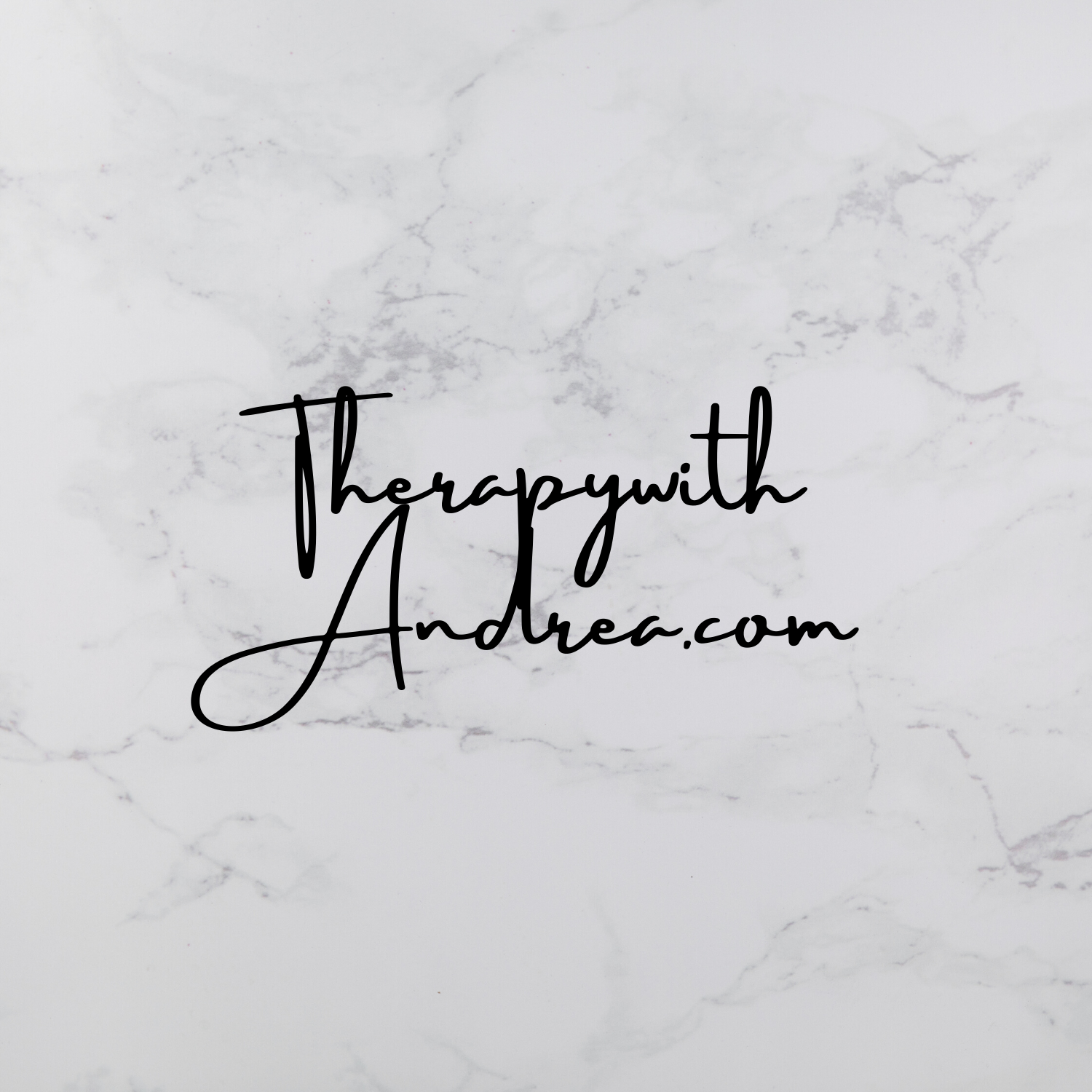Navigating Relationships: A Deep Dive into Attachment Styles
In the intricate landscape of human connections, understanding attachment styles becomes a compass guiding us through the complexities of relationships. Rooted in early experiences, attachment styles shape the way we approach intimacy, trust, and emotional bonds. This blog post will unravel the intricacies of attachment styles, shedding light on their impact on relationships and personal well-being.
Foundations of Attachment:
Attachment styles are ingrained patterns of relating to others, formed in the early stages of life through interactions with caregivers. These styles influence our perceptions of safety, security, and intimacy, laying the groundwork for how we engage in relationships throughout our lives.
The Four Attachment Styles:
Secure Attachment: Individuals with a secure attachment style feel comfortable with both intimacy and independence. They are confident in their worthiness of love and are capable of forming healthy, lasting connections.
Anxious-Preoccupied Attachment: Those with an anxious-preoccupied attachment seek high levels of closeness and approval, but may worry about the stability of their relationships. They often fear abandonment and may be overly sensitive to changes in their partner's behavior.
Dismissive-Avoidant Attachment: Individuals with a dismissive-avoidant attachment value independence and may be uncomfortable with emotional intimacy. They tend to downplay the importance of close relationships and may struggle with expressing vulnerability.
Fearful-Avoidant Attachment: Also known as disorganized attachment, this style is characterized by a mix of anxious and avoidant behaviors. Those with fearful-avoidant attachment may desire close relationships but are simultaneously fearful of the emotional risks involved.
Impact on Relationships:
Understanding one's attachment style is a powerful tool for navigating relationships. It provides insights into communication patterns, responses to conflict, and the ability to form and maintain emotional bonds. Couples with differing attachment styles may face challenges, but awareness and open communication can foster understanding and compromise.
Healing and Growth:
Awareness of attachment styles offers an opportunity for personal growth and healing. By recognizing and understanding patterns rooted in early experiences, individuals can work towards developing a more secure attachment style, fostering healthier relationships and greater emotional well-being.
Practical Steps for Nurturing Secure Attachments:
Self-Reflection: Explore your own attachment style through introspection and self-awareness.
Communication: Openly discuss attachment styles with your partner to foster understanding and empathy.
Seek Professional Support: Therapeutic interventions can provide valuable guidance for individuals or couples navigating attachment-related challenges.:
As we navigate the intricate dance of relationships, awareness of attachment styles becomes a lantern illuminating the path to deeper connections and emotional fulfillment. By understanding our own patterns and those of our loved ones, we can cultivate relationships that are anchored in security, intimacy, and mutual understanding.

